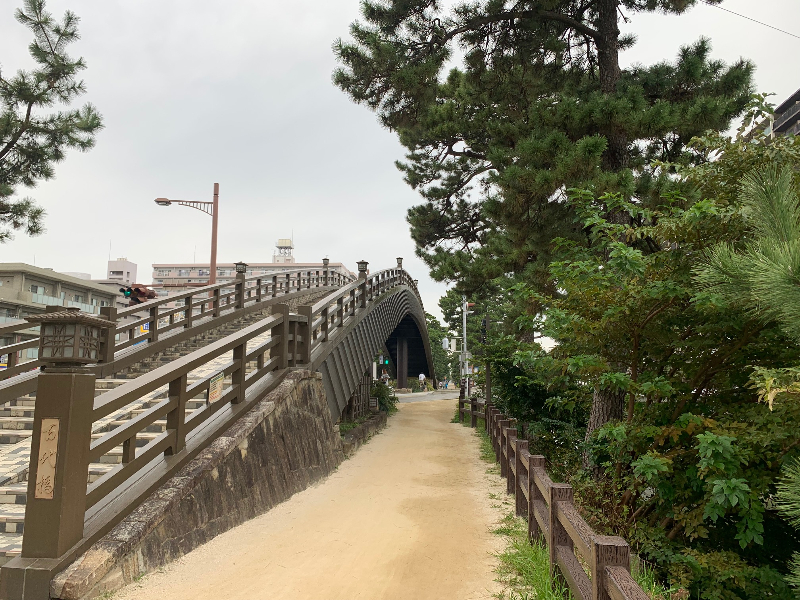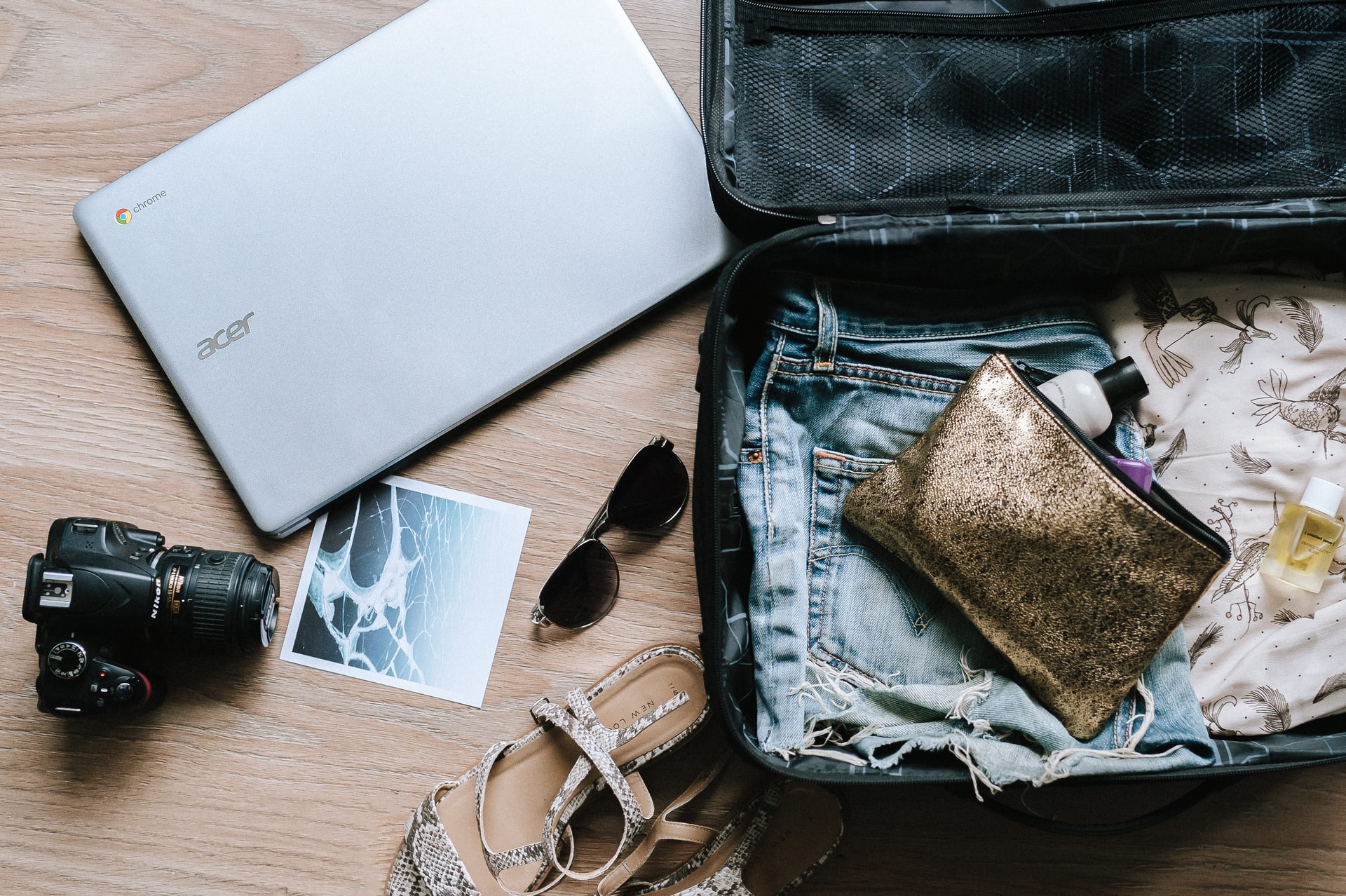Are you looking for a day trip destination that is not far away from Tokyo but will transport you back to the past? Soka (草加) might be just what you are looking for. The small town is located in Saitama Prefecture north of Tokyo, and you can reach Soka Station within only 10 minutes from Kita-Senju Station in Tokyo. This charming village has several famous points that attract visitors to the locale. We took a trip to Soka, and would like to share our trip to this traditional part of Japan near Tokyo with you!
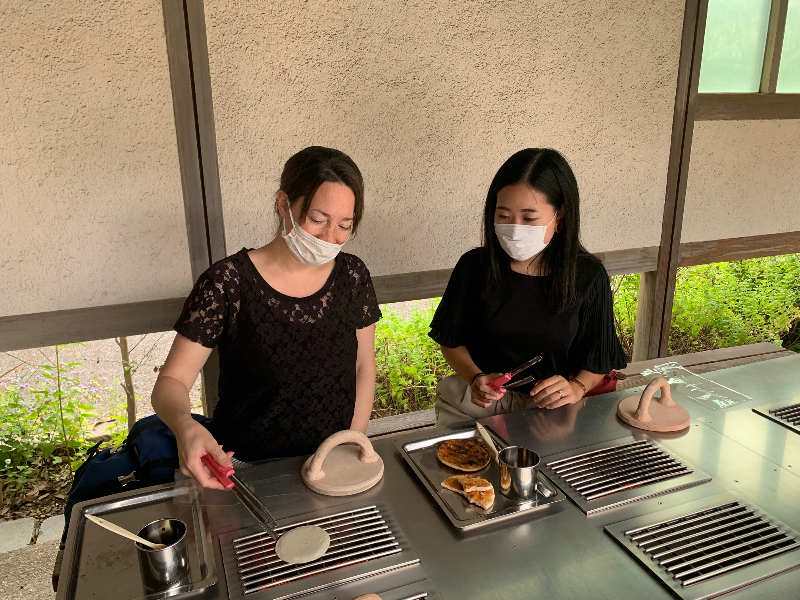
photo by stefanie-akkerman
Have you ever tried one of Japan’s favorite snacks, senbei crackers? These light and crispy rice flour-based nibbles have been a staple of Japanese snacks since the Edo Period. Back in the day, people undertook long trips on foot and they needed something to keep their hunger pangs under control until they got to the next post town. Cooked rice doesn’t stay good for a long time without modern comforts like fridges and microwave ovens, and a lady called Osen, who happened to be from Soka town, found a nifty solution for the problem. She was the first to realize that rice products stay edible for much longer if you bake them, and it was Osen who came up with the first recipe for senbei crackers.
Senbei, which were named after Osen (with ‘bei’ meaning ‘mochi rice cake’), quickly became a very popular snack in Edo and the rest of the country. Travelers loved them as portable snacks for the road, and extensive water-based transportation systems around Edo spread the joy of senbei all around Japan. Osen’s legacy is still ubiquitous around Soka, as there are over 60 senbei producers in the small town, and several of them give you the opportunity to bake your own fresh crackers for a small fee. As it only takes a minute or 10, in most places you can just walk in. We went to Yamako Senbei near Shinden Station, which has a cool open-air space in a garden where you can bake your senbei. Besides the short baking workshop, you can also enjoy their souvenir shop and small on-site restaurant with tasty senbei-based dishes. Osen has a statue near Soka Station of her baking her famous crackers.
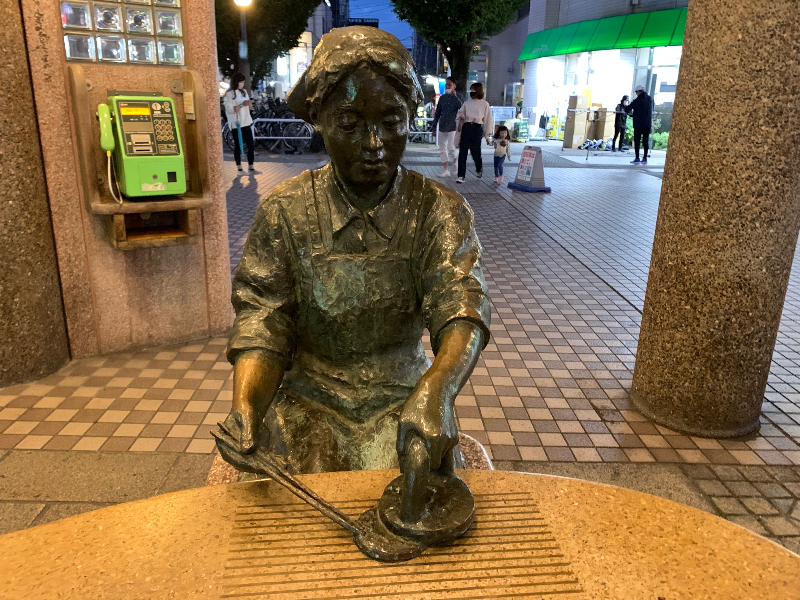
The Haiku Poets Who Visited Soka
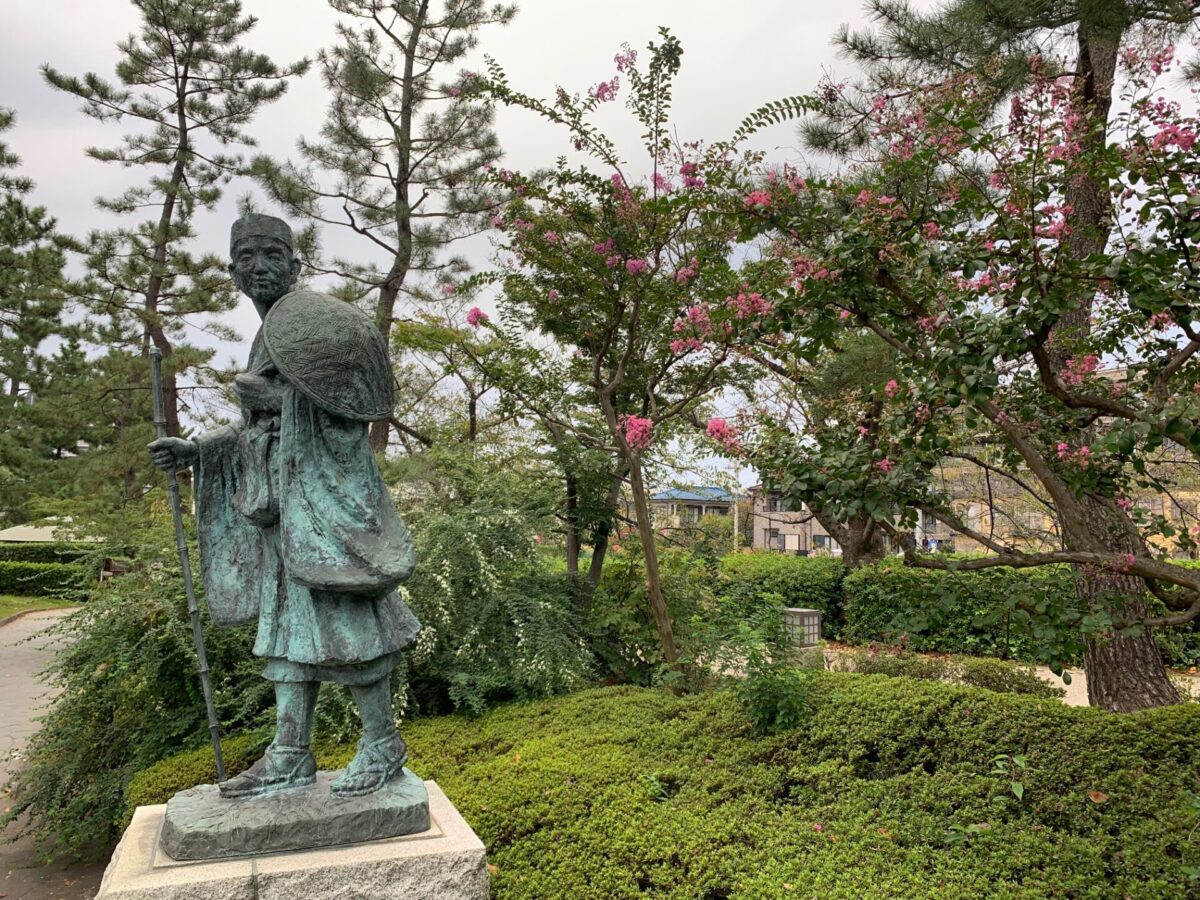
Haiku is the shortest poetry form in the world, with only 17 syllables to get your emotion across. Besides the number of syllables and 5-7-5 cadence, the only other rule is that there has to be an element of one of the seasons in your poem. Nowadays, haiku poems aren’t only written in Japanese by Japanese people, they have become famous all over the world. There have been multiple famous haiku poets in Japan, but the most famous of them all is Matsuo Basho who lived from 1644 to 1694. Basho made his home in Fukugawa, Tokyo, but when his hut burned down in 1682, he started traveling on foot around Japan and never returned. Hence, many of his poems wistfully mention his old home in Fukugawa that he often missed.
Basho also passed through Soka, which was the second post town on the road to Nikko on his way to the north. He wrote many poems with the environment of Soka as his inspiration, and there is a statue of Basho on the famously scenic Matsubara Road that is looking in the direction of Fukugawa, the hometown he so missed. Besides Basho, other famous haiku poets Shiki, Kyoshi, and Shuoshi also made their way through the picturesque Soka, gaining inspiration for their beautiful poetry. And if you want to try your own hand at haiku and have a chance to have it published, there is even a special letterbox in which you can leave your poems.
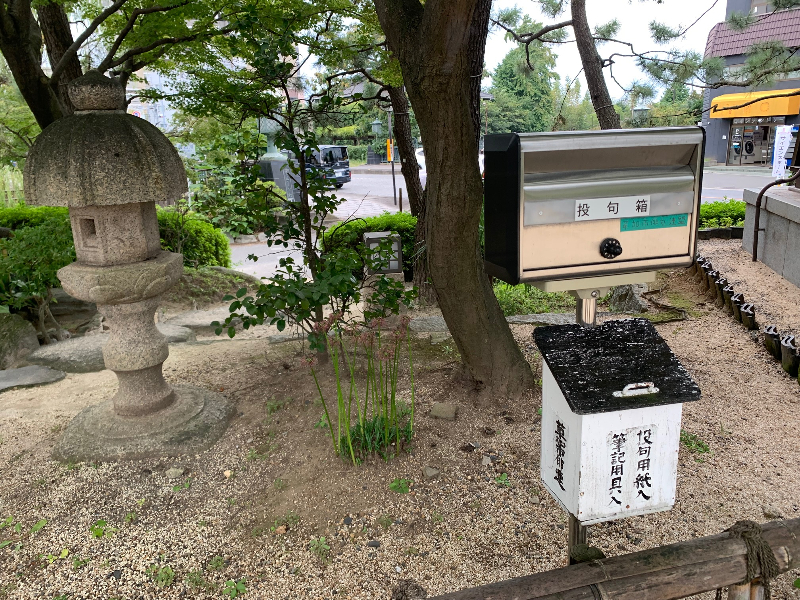
Find Traditional Japan in a Teahouse
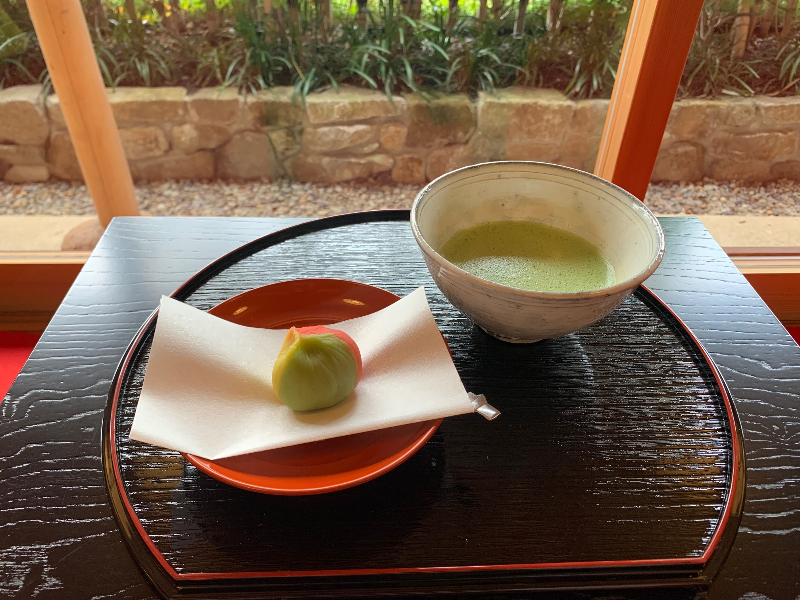
Another great gem of Soka is the newly built Zenso-an, a teahouse that follows the Kyoto-style of teahouse architecture. The cultural facility can also be used for traditional activities such as tea ceremonies or ikebana(flower arrangement), but you can also just have a look around the beautiful tea house and have a cup of freshly brewed and whipped foamy matcha tea with a traditional wagashi sweet. It is interesting to see all the built-in techniques that make the rooms’ atmosphere comfortable in terms of temperature and lighting in a natural way without using electricity. For those with an eye for detail, you will see how different types of wood are used throughout the house and how they each have a different aesthetic.
If you walk around the small garden, don’t forget to have a look (and listen!) at the water well in the front that makes a very beautiful sound that reverberates for a long time when you pour water over it. If you want a very special experience, you can even have a small tea ceremony in a large barrel that used to hold soy sauce for fermentation. They remodeled it into a small tatami room space where at most 3 people fit at the same time. If you are interested in using any of the spaces of Zenso-an for a private event or experience, you will need to make a reservation.
Also, don’t forget to stop by the Soka City Culture Hall next door as they sell some of Soka’s beautiful artisanal products that were made by locals. You can buy one of a kind souvenirs that are made of leather and traditionally dyed kimono cloth.
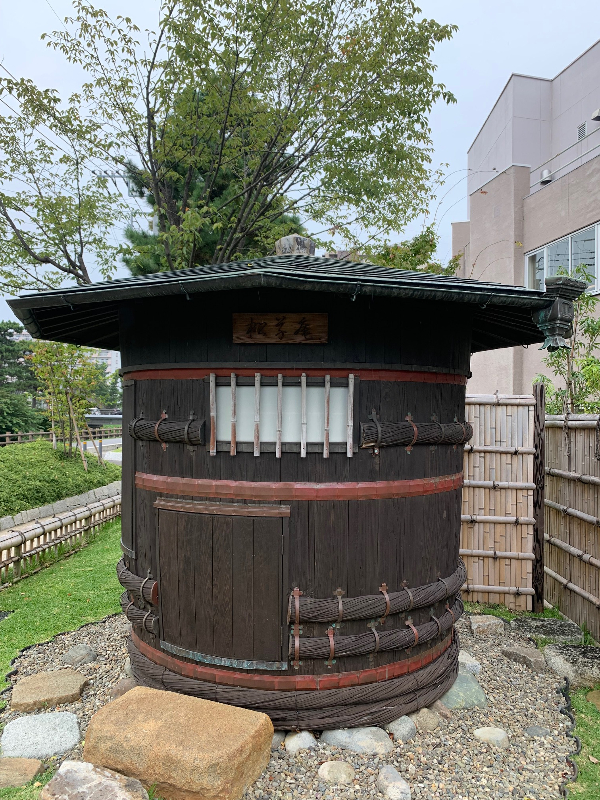
Scenic Matsubara Road
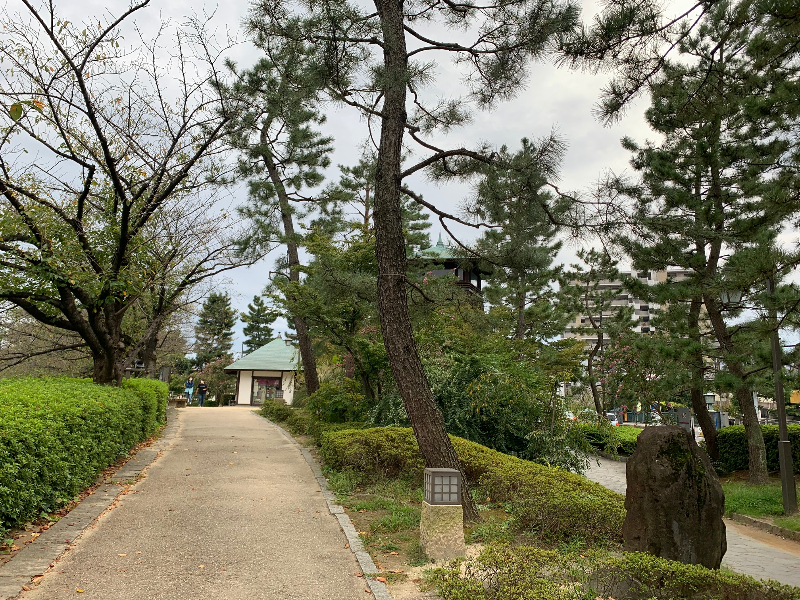
Soka’s most famous spot is the scenic Matsubara Road (Big Bonsai Road). In the time that Basho made his way through Soka, the road was lined by beautiful matsubara (Japanese Pine) trees. Giving the road a very traditional Japanese atmosphere, it is a popular place for taking pictures or a stroll. On the way, besides the many haiku poetry related monuments you can also see 2 beautifully constructed bridges that truly make you feel like you are one of the Edo-period travelers of the post-town route. They are called the Hyakutai Bridge and the Yadate Bridge. Soka Town has really made an effort to preserve its old heritage, and Soka Matsubara Road is one of the places that proves this the most.
If you come during the spring, there are many pockets of cherry blossom trees that are blooming. Also along the Matsubara Road, you can find these pretty pink sakura flowers interspersed with pine trees. As the road is only 1.5 km long, it is also fun to walk around Soka Town for a bit afterward. There are still many old wooden warehouses that have been left intact and have been renovated with respect for the traditional style. One of such warehouses became a popular cafe with the locals, it is called Nakaya and one of the friendly owners speaks English well. And of course, there are many local senbei shops where you can buy an edible souvenir from your trip to Soka.
Tours to Traditional Places around Tokyo
Of course, it is fun to explore old towns in Japan by yourself, but if you go with a guide you will not only get interesting background information, you will also visit places you would have not visited by yourself and see things you would have otherwise missed. Besides, private guides know their areas like the back of their hands so you won’t need to worry about getting lost or missing out on places. Tokyo tours offers a private tour to Soka that is done by an enthusiastic local woman who knows the area and its attractions well. If you mention the promotion code ‘japanwondertravel’ upon booking, you will get a free present from the guide! We also offer private tours in Tokyo that take you to traditional spots in the city or historical places like Kamakura, and you can also book a fully customizable tour and tell your guide what you want to see. If a historical food tour is more up your alley, you may want to check out our super local Sunamachi Food Tour that is rich in traditional Japanese foods. No matter what you’re looking to experience, there is a private tour for everyone!
Follow us on Instagram, Facebook and Twitter for more travel inspiration. Or tag us to get featured!
Happy traveling!
Other articles you might enjoy

Stefanie Akkerman moved from the Netherlands to Japan in 2013 with her Japanese husband and son. She jumped into the niche of Dutch tour guiding in Tokyo and Kamakura in 2015 and occasionally writes articles about all the great sights and activities Japan has to offer. She loves (Japanese) food, and to work that all off she goes diving, snorkeling, cycling, or hiking.
This post may contain some affiliate links. When you click through and make a purchase we may receive some commission, at no extra costs to you.
